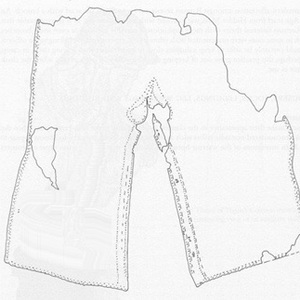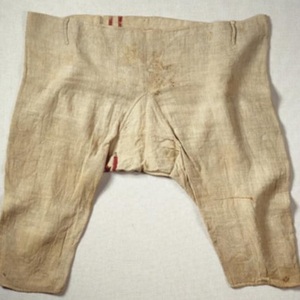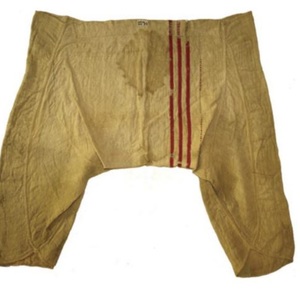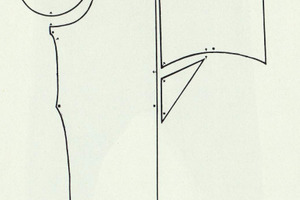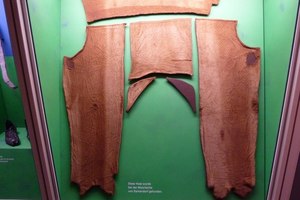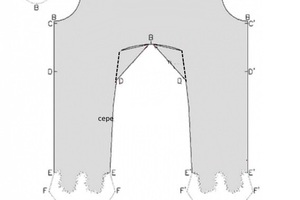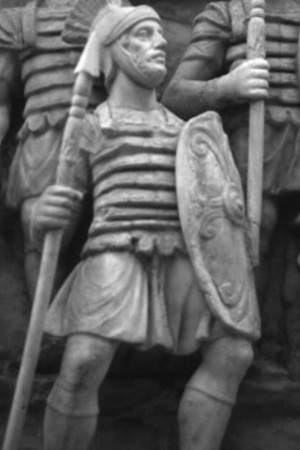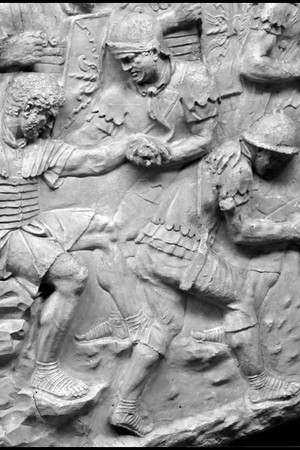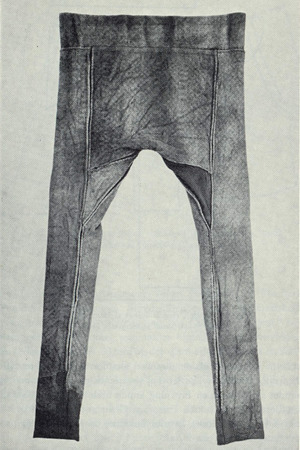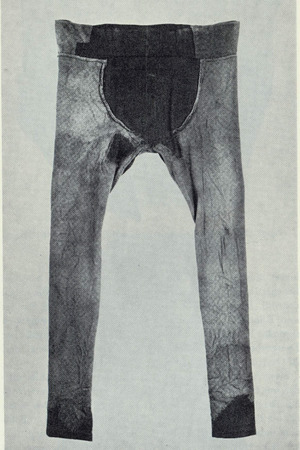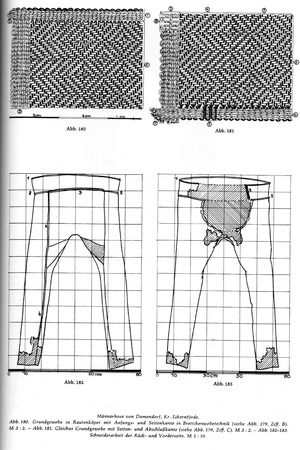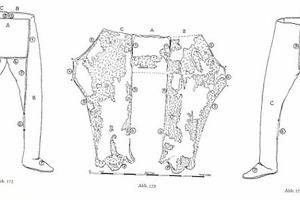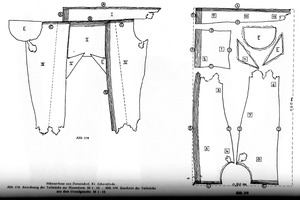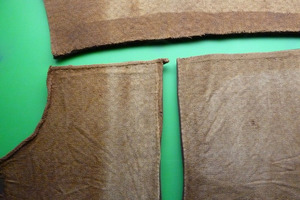Braccae
Braccae (lat. braccas) - a type of ancient Roman trousers. The length of the braccae was just below the knee, which distinguishes them from barbarian trousers, which reached the ankles. For a long time, the Romans considered trousers to be an attribute of uncivilized barbarians, and wearing them could lead to severe punishment. However, after the conquest of the northern territories, there was a need for warmer clothing, and the braccae became part of the legionnaire's equipment.
Archaeological finds of trousers were made in the Netherlands, Germany, and France. Woolen and leather braccae were found.
Woolen trousers found in Damendorf and Thorsbjerg cannot be called braccae, as they reach the ankles in length and belong to barbarian clothing, for example, they could be worn by Celts and Germans. In addition, the trousers were made not of linen, but of twill weave fabric, more common among barbarian peoples.
There are also many pictorial sources. Starting from the second century AD, braccae begin to enter roman fashion, and not only in the northern regions. On Trajan's Column and the Adamclisi monument, you can see legionnaires and auxiliaries in braccae, but there are also examples with praetorians.
Literature
- Ancient Danish Textiles from bogs and burials, a comparative study of Costume and Iron Age Textiles by Margrethe Hald. The National museum of Denmark 1980. ISBN 87-480-0312-3.
- Schlabow, Karl: Textilfunde der Eisenzeit in Norddeutschland, Göttinger Schriften zur Vor- und Frühgeschichte, Band 15, Karl Wachholtz Verlag Neumünster, 1976, ISBN 3-529-01515-6.
- Hald, Margrethe: Olddanske tekstiler, komparative tekstil- og dragthistoriske studier paa grundlag af mosefund og gravfund fra jernalderen, Det kongelige Nordiske Oldskriftsselskab, femte bind, Nordisk Forlag 1950.
Related topics
Legionnaire, Auxiliaries, Praetorian Guard, Germans, Celts

 Gallery
Gallery






